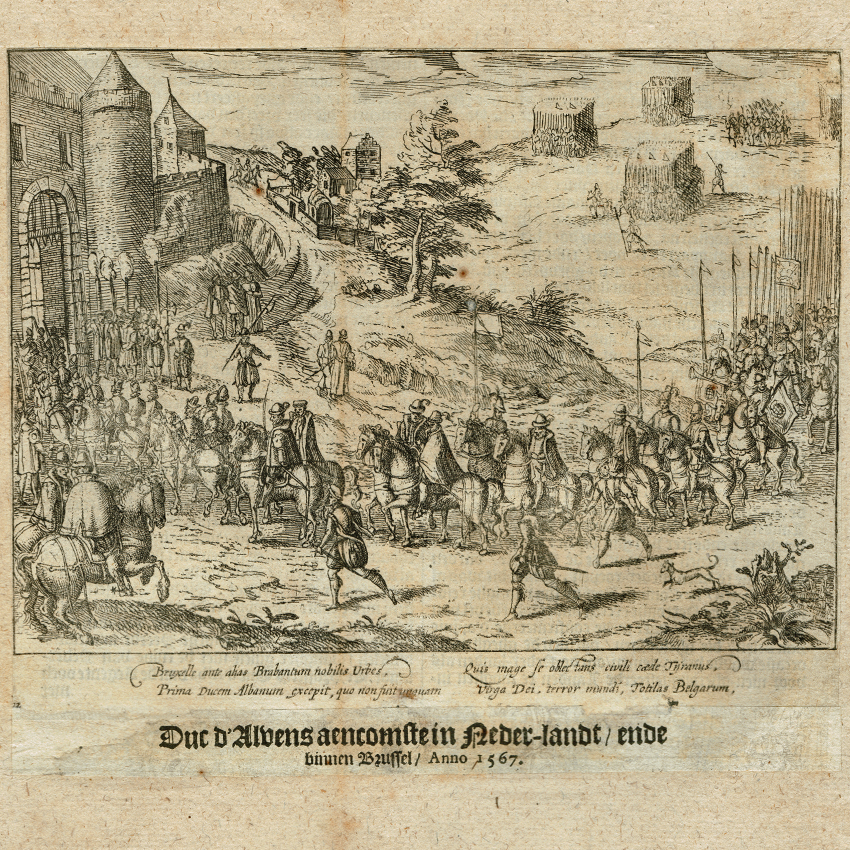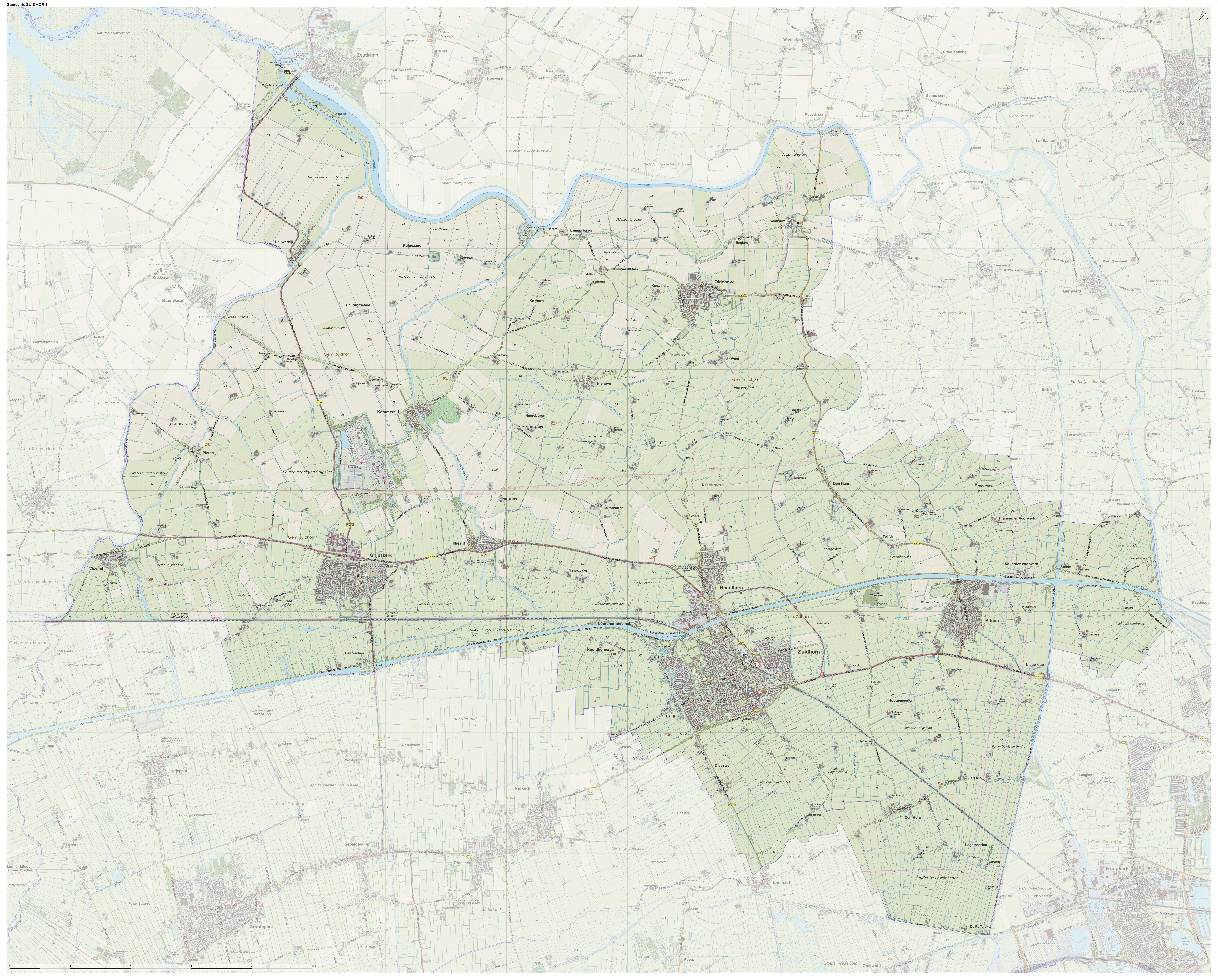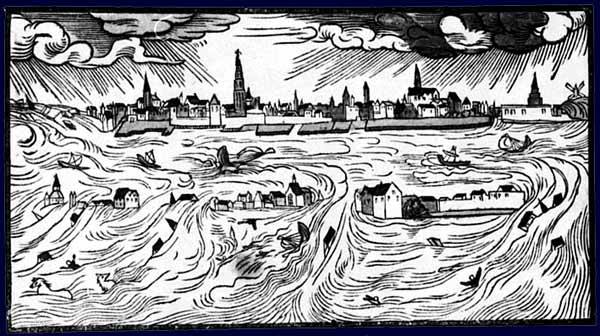|
Caspar De Robles
Caspar de Robles or Gaspard di Robles (1527, Madrid, Spain – 1585, Antwerp), also known as ''Billy'' in Artois, was Stadholder of Friesland and Groningen at the beginning of the Eighty Years' War (reign: 1568 to 1576). Family Robles was the son of Dońa María de Leyte, probably the wet nurse for Philip II of Spain, and João Lopes of Robles.Profile ; accessed 26 December 2014. In 1558 he married Jeanne de Saint-Quentin, baroness of Billy, their son was Jean de Roblès, 1st Count of Annappes. They are considered to be the founders of the Flemish branch of the house and became owner of the castle and lands in |
Madrid, Spain
Madrid ( , ) is the capital and most populous city of Spain. The city has almost 3.4 million inhabitants and a metropolitan area population of approximately 6.7 million. It is the second-largest city in the European Union (EU), and its monocentric metropolitan area is the third-largest in the EU.United Nations Department of Economic and Social AffairWorld Urbanization Prospects (2007 revision), (United Nations, 2008), Table A.12. Data for 2007. The municipality covers geographical area. Madrid lies on the River Manzanares in the central part of the Iberian Peninsula. Capital city of both Spain (almost without interruption since 1561) and the surrounding autonomous community of Madrid (since 1983), it is also the political, economic and cultural centre of the country. The city is situated on an elevated plain about from the closest seaside location. The climate of Madrid features hot summers and cool winters. The Madrid urban agglomeration has the second-lar ... [...More Info...] [...Related Items...] OR: [Wikipedia] [Google] [Baidu] |
Battle Of Heiligerlee (1568)
The Battle of Heiligerlee ( Heiligerlee, Groningen, 23 May 1568)Laffin, 194. was fought between Dutch rebels and the Spanish army of Friesland. It was the first Dutch victory during the Eighty Years' War. The Groningen province of the Spanish Netherlands was invaded by an army consisting of 3,900 infantry, led by Louis of Nassau, and 200 cavalry, led by Adolf of Nassau. Both of them were brothers of William I of Orange. The intention was to begin an armed uprising against the Spanish rulers of the Netherlands. The Stadtholder of Friesland and also Duke of Aremberg, Johan de Ligne, had an army of 3,200 infantry and 20 cavalry. Aremberg initially avoided confrontation and awaited reinforcements from the Count of Meghem. However, on 23 May, Adolf's cavalry lured him to an ambush at the monastery of Heiligerlee. Louis's infantry made up the bulk of the army and defeated the Spanish force which lost 460 men, and the invading force lost 50, including Adolf. The rebels captured se ... [...More Info...] [...Related Items...] OR: [Wikipedia] [Google] [Baidu] |
Fall Of Antwerp (1584–1585)
Autumn, also known as fall in American English and Canadian English, is one of the four temperate seasons on Earth. Outside the tropics, autumn marks the transition from summer to winter, in September ( Northern Hemisphere) or March ( Southern Hemisphere). Autumn is the season when the duration of daylight becomes noticeably shorter and the temperature cools considerably. Day length decreases and night length increases as the season progresses until the Winter Solstice in December (Northern Hemisphere) and June (Southern Hemisphere). One of its main features in temperate climates is the striking change in colour for the leaves of deciduous trees as they prepare to shed. Date definitions Some cultures regard the autumnal equinox as "mid-autumn", while others with a longer temperature lag treat the equinox as the start of autumn. In the English-speaking world of high latitude countries, autumn traditionally began with Lammas Day and ended around Hallowe'en, the approxim ... [...More Info...] [...Related Items...] OR: [Wikipedia] [Google] [Baidu] |
Fernando Álvarez De Toledo, 3rd Duke Of Alba
Fernando Álvarez de Toledo y Pimentel, 3rd Duke of Alba (29 October 150711 December 1582), known as the Grand Duke of Alba (, pt, Grão Duque de Alba) in Spain and Portugal and as the Iron Duke ( or shortly 'Alva') in the Netherlands, was a Spanish noble, general and diplomat. He was titled the 3rd Duke of Alba de Tormes, 4th Marquess of Coria, 3rd Count of Salvatierra de Tormes, 2nd Count of Piedrahita, 8th Lord of Valdecorneja, Grandee of Spain and a Knight of the Order of the Golden Fleece. His motto in Latin was ''Deo patrum nostrorum'' ("To the God of our fathers"). He was an adviser of King Charles I of Spain ( Charles V, Holy Roman Emperor), and his successor, Philip II of Spain, Mayordomo mayor of both, member of their Councils of State and War, governor of the Duchy of Milan (1555–1556), viceroy of the Kingdom of Naples (1556–1558), governor of the Netherlands (1567–1573) and viceroy and constable of the Kingdom of Portugal (1580–1582). He represented Ph ... [...More Info...] [...Related Items...] OR: [Wikipedia] [Google] [Baidu] |
Zuidhorn
Zuidhorn () is a town and former municipality in the northeastern Netherlands. The town largely depends on the city of Groningen. A railway line, operated by Arriva, connects the town with Leeuwarden in Friesland and Groningen. Due to a municipal reorganisation in 1990, Zuidhorn municipality was extended when it merged with, though not physically connected to Oldehove, Grijpskerk and Aduard. On 1 January 2019, the municipality was dissolved and merged into the municipality of Westerkwartier. Transport Zuidhorn has two train stations: Zuidhorn and Grijpskerk. At least once an hour a train runs between Groningen and Leeuwarden. On weekdays, trains stop twice an hour in Zuidhorn. Until 1991 there used to be a third station on this line, Visvliet. Nature In the center of Zuidhorn, lies a large, partly wooded park called "Johan Smit Park". It offers a wide variety of recreation, open to the public, based on trails. The "Quick Silver S" is the main sport hall, hosting many activit ... [...More Info...] [...Related Items...] OR: [Wikipedia] [Google] [Baidu] |
Bergumermeer
The Burgumer Mar ( nl, Bergumermeer) is a lake near the town of Burgum in the Dutch province of Friesland. The lake was formed during the last ice age. It is a popular water sports area with multiple yacht harbours. The splits the lake into a northern and southern part. Since March 15, 2007, the West Frisian name ''Burgumer Mar'' is the official name; before that date the Dutch name was the official oneWaternamen in Fryslân ). The villages , Eastermar
Eastermar ( nl, Oostermeer) is a village in Tytsjerksteradiel municipality in the province Fr ...
[...More Info...] [...Related Items...] OR: [Wikipedia] [Google] [Baidu] |
Harlingen, Netherlands
Harlingen (; fy, Harns ) is a municipality and a city in the northern Netherlands, in the province of Friesland on the coast of Wadden Sea. Harlingen is a town with a long history of fishing and shipping that received city rights in 1234. Overview Harlingen is served by two stations on the railway line from Leeuwarden. From 1904 to 1935 there was a passenger service on the North Friesland Railway, freight being carried until January 1938. Rederij Doeksen operate ferries to the Wadden islands of Vlieland and Terschelling that depart from Harlingen. The famous Dutch writer Simon Vestdijk was born in Harlingen and used to depict his hometown in his writings as Lahringen. The town of Harlingen, Texas, in the United States is named after this city because many of the original settlers of the Texas town came from Harlingen. The Admiralty of Friesland was established in Dokkum in 1597 but moved to Harlingen in 1645. Population centers * Harlingen ( West Frisian: ''Harns' ... [...More Info...] [...Related Items...] OR: [Wikipedia] [Google] [Baidu] |
All Saints' Flood (1570)
The All Saints' Flood of 1570 occurred on November 1–2, 1570, and is considered the worst North Sea flood disaster before the 20th century. It flooded the entire coast of the Netherlands and East Frisia. The effects were felt from Calais in Flanders to Jutland and even Norway. Even though the alleged casualty figures were mostly based on rough estimates and should be viewed with skepticism, up to 25,000 deaths can be assumed. Course of events The morning before the storm surge, a warning of a very strong flood had been issued for the first time in history. In Bergen op Zoom, the Domain Council, the local administration, had issued the warning, but it had not had the intended effect, as most victims were not reached by the warning and were caught unprepared by the flood. With a level of more than four meters above the mean high water, the flood was well above the height of the dikes existing at the time, which were also severely neglected. In numerous places, the dikes were ove ... [...More Info...] [...Related Items...] OR: [Wikipedia] [Google] [Baidu] |
Harlingen Stenen Man
Harlingen may mean: * Harlingen, Netherlands Harlingen (; fy, Harns ) is a municipality and a city in the northern Netherlands, in the province of Friesland on the coast of Wadden Sea. Harlingen is a town with a long history of fishing and shipping that received city rights in 1234. ..., a municipality and city in the province of Friesland in the Netherlands * Harlingen, Texas, a city in the United States * Harlingen, New Jersey, an unincorporated village in Montgomery Township, New Jersey, United States {{geodis ... [...More Info...] [...Related Items...] OR: [Wikipedia] [Google] [Baidu] |
Musket
A musket is a muzzle-loaded long gun that appeared as a smoothbore weapon in the early 16th century, at first as a heavier variant of the arquebus, capable of penetrating plate armour. By the mid-16th century, this type of musket gradually disappeared as the use of heavy armour declined, but ''musket'' continued as the generic term for smoothbore long guns until the mid- 19th century. In turn, this style of musket was retired in the 19th century when rifled muskets (simply called rifles in modern terminology) using the Minié ball (invented by Claude-Étienne Minié in 1849) became common. The development of breech-loading firearms using self-contained cartridges (introduced by Casimir Lefaucheux in 1835) and the first reliable repeating rifles produced by Winchester Repeating Arms Company in 1860 also led to their demise. By the time that repeating rifles became common, they were known as simply "rifles", ending the era of the musket. Etymology According to the ... [...More Info...] [...Related Items...] OR: [Wikipedia] [Google] [Baidu] |
Siege Of Haarlem
The siege of Haarlem was an episode of the Eighty Years' War. From 11 December 1572 to 13 July 1573 an army of Philip II of Spain laid bloody siege to the city of Haarlem in the Netherlands, whose loyalties had begun wavering during the previous summer. After the naval battle of Haarlemmermeer and the defeat of a land relief force, the starving city surrendered and the garrison was massacred. The resistance nonetheless was taken as an heroic example by the Orangists at the sieges of Alkmaar and Leiden. Prelude The city of Haarlem initially held a moderate view in the religious war that was going on in the Netherlands. It managed to escape from the Reformed iconoclasm in 1566 that affected other cities in the Netherlands. When the city of Brielle was conquered by the Geuzen revolutionary army on 1 April, Haarlem did not initially support the Geuzen. Most city administrators—unlike many citizens—did not favor open revolution against Philip II of Spain, who had in ... [...More Info...] [...Related Items...] OR: [Wikipedia] [Google] [Baidu] |
Fadrique Álvarez De Toledo, 4th Duke Of Alba
Fadrique Álvarez de Toledo y Enríquez de Guzmán, 4th Duke of Alba, Grandee of Spain, (in full, ), (21 November 1537 – 11 December 1583), was a commander in the Spanish army during the Eighty Years' War. Biography He was the first legitimate son of Fernando Álvarez de Toledo, 3rd Duke of Alba, and he became the fourth Duke after his father's death. His titles included Duke of Huéscar, and Comendador Mayor in the Order of Calatrava. Don Fadrique was commander of the Spanish troops during the most bloody phase of the war in the Netherlands. He was in charge of the Spanish troops that slaughtered the populations of Mechelen, Zutphen and Naarden, as well as during the costly Siege of Haarlem. His army failed in the siege of Alkmaar, and he had to retreat. His father the Duke did not approve, he was afraid of his son's reputation that was already not good with Philip II of Spain, their King. After two short marriages, in 1555 to Guiomar de Aragón (died 1557), dau ... [...More Info...] [...Related Items...] OR: [Wikipedia] [Google] [Baidu] |







